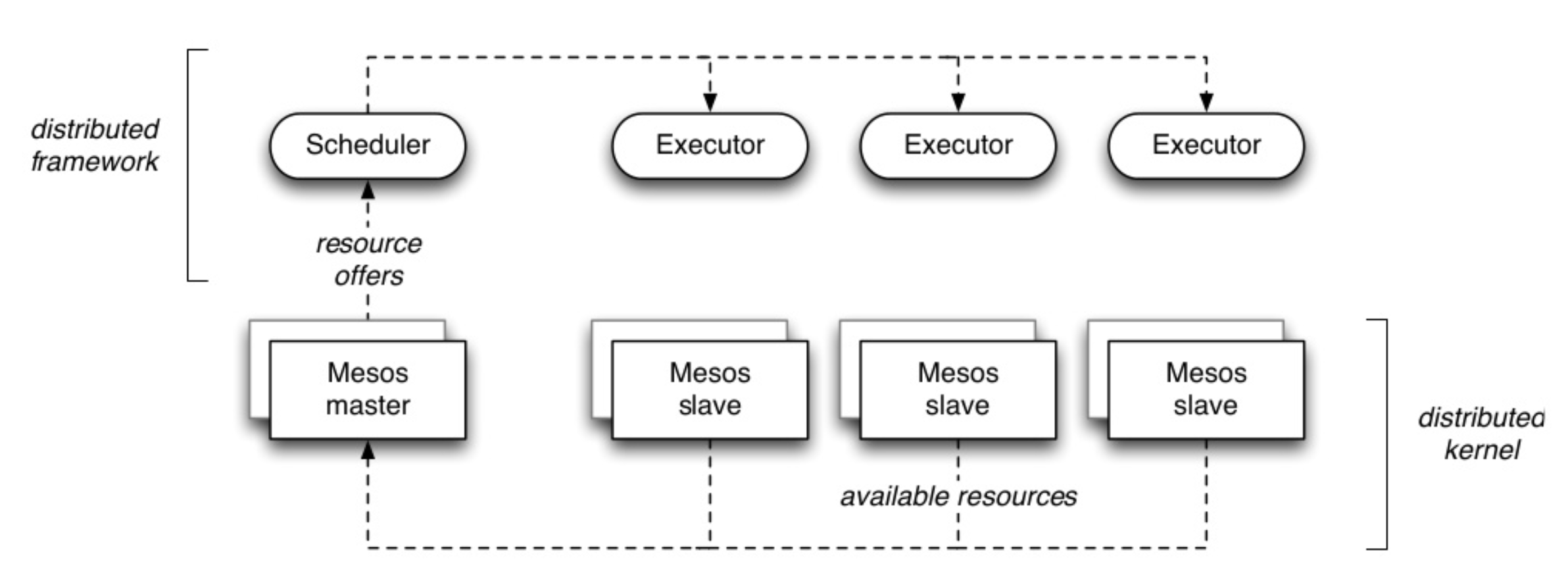
Turtles all the way down.Ī concrete example: URLs name things, DNS locates them. Infinite levels of indirection = halting problem. More than one level increases complexity for incremental value. One level of indirection allows for loosely-coupled layers. Introducing indirection within layers is more often just more indirection, since the indirection is within the same scope of responsibility.
#Level of indirection upgrade
Introducing indirection between layers lets us slice the system into distinct areas of responsibility, and creates shearing points, where we can upgrade or replace a layer without breaking the system. Why? Each layer solves a different problem. Reflecting on layered protocols, I think I have a hunch for a useful rule-of-thumb: So how many levels of indirection is too many levels of indirection? When are you just moving the problem around? This is why FTSE is usually given a tongue-in-cheek postscript: “We can solve any problem by introducing an extra level of indirection… except for the problem of too many levels of indirection. It is always possible to add another level of indirection.

(6) It is easier to move a problem around (for example, by moving the problem to a different part of the overall architecture) than it is to solve it. From RFC 1925, The Twelve Networking Truths : So perhaps we can solve any problem with indirection, but it’s also possible to introduce indirection without solving any problem. We can solve any problem by introducing an extra level of indirection.
#Level of indirection software
Indirection is so fundamental, there’s an aphorism called FTSE, “ The Fundamental Theorem of Software Engineering ”: Dynamic dispatch is indirection for procedures. Pointers are indirection for a location in memory. Ceci n'est pas “Ceci n'est pas une pipe”. That is the how - I'll leave the why to you.Magritte, 1966. You cannot for example just add &s, for example: indirection(&n) īecause while &n - address-of n makes sense &n address-of-address-of n does not because &n is not a stored variable with an address to take. The point is at each level you need something concrete to point to. To add a further level of indirection you'd instantiate a another level pointer: int n ' The theorem does not describe an actual theorem that can be proven rather, it is a general. Any line items that are dependent upon variables that you used in your objective or constraint formulas can only have one level of indirection (although formula. Wheeler: 2 'We can solve any problem by introducing an extra level of indirection. If you can get that working you can extrapolate step-by-step to higher levels of indirection. The fundamental theorem of software engineering ( FTSE) is a term originated by Andrew Koenig to describe a remark by Butler Lampson 1 attributed to David J. Therefore the indirection information 232 stored. Lets take a simpler case: void indirection(int** n) In other words, due to wear leveling the indirection table of far memory 240 may have changed in the meantime. I am not going to bend my brain around this frankly ill-advised effort.

The waring is telling you something about the semantics of your code. If you are calling it as in the original main() you should get a warning: warning: passing argument 1 of ‘indirection’ from incompatible pointer type Īnd it will most likely seg-fault as you have observed.

You have not shown how you are calling the modified indirection() but the seg-fault is almost certainly down to how you are calling the function.


 0 kommentar(er)
0 kommentar(er)
